Disclosure: This article contains affiliate links. We may earn a commission from purchases at no extra cost to you, which helps our travel content.
There's a certain poetry to Copenhagen that reminds me of both Paris and Dakar—cities where craftsmanship and community intertwine. While tourists flock to Nyhavn's colorful harbor and the Little Mermaid, the soul of this Danish capital beats strongest in its hidden quartiers. As someone who appreciates the engineering behind things—whether it's a vintage motorcycle or a centuries-old building—I've spent my last three visits to Copenhagen venturing beyond the postcard views to discover neighborhoods where real Copenhageners live, work, and create. Allons-y, let me take you through seven secret pockets of Copenhagen that most travelers miss.
Vesterbro: From Red Light to Design Delight
Twenty years ago, my first visit to Vesterbro left me with raised eyebrows—this was Copenhagen's notorious red-light district, rough around the edges and definitely not in guidebooks. Today, it's undergone a transformation that would impress any mechanic who appreciates restoration without losing character.
The heart of this metamorphosis is Kødbyen (the Meatpacking District), where former slaughterhouses now house some of the city's most innovative restaurants and art galleries. What I love about Vesterbro is how it hasn't been sanitized—there's still grit beneath the polish, much like the vintage Citroën engines I restore back home.
Istedgade, once the main strip for Copenhagen's seedier side, now balances trendy boutiques with immigrant-owned markets. For coffee that would make any Parisian nod in approval, Prolog Coffee Bar serves precision-crafted espresso in a space that celebrates industrial minimalism. After dark, head to Mesteren & Lærlingen, a bar where local craftspeople often gather, and where I once spent an evening debating Danish design principles with a furniture maker who became a good friend.
For those who appreciate thoughtful accessories while traveling, I never explore Copenhagen without my leather satchel, which has aged beautifully through years of urban explorations. It's perfect for carrying city maps, a water bottle, and treasures from Copenhagen's many design shops.
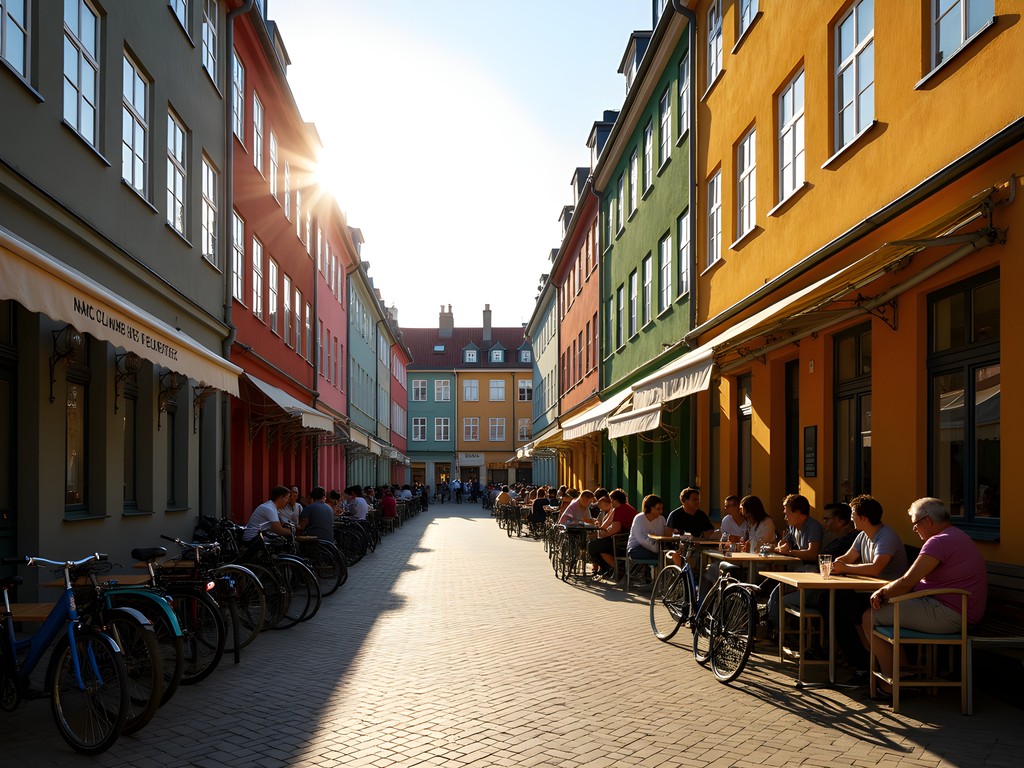
💡 Pro Tips
- Visit Kødbyen on weekend mornings when the food markets are bustling with locals
- The best vintage shops are hidden on the side streets off Istedgade—ask locals for recommendations
- Bring cash for the smaller family-owned ethnic restaurants, which offer the neighborhood's most authentic meals
Nørrebro: Multicultural Heart with Danish Soul
If Vesterbro is Copenhagen's Brooklyn, then Nørrebro is its Queens—diverse, authentic, and constantly surprising. This neighborhood reminds me of the cultural blend I grew up with in Paris, where Senegalese spices mingled with French patisserie aromas.
Jægersborggade street epitomizes Nørrebro's transformation—once known for gang activity, it's now a 300-meter stretch of independent shops, ceramics studios, and organic eateries. What makes this street special is that gentrification hasn't erased its character; property owners collectively decided to rent only to independent businesses, preserving the street's soul.
Superkilen Park represents everything I love about Danish design thinking—a public space divided into three color-coded zones (red, black, and green) featuring objects from the 60+ nationalities living in the area. As someone who appreciates thoughtful engineering, I was fascinated by how the park's designers created a functional space that celebrates diversity rather than erasing it.
When exploring neighborhoods like Nørrebro where you'll be walking for hours, proper footwear is essential. My walking shoes have proven perfect for Copenhagen's cobblestone streets—supportive enough for all-day exploration but stylish enough for when you spontaneously end up at a local jazz bar.
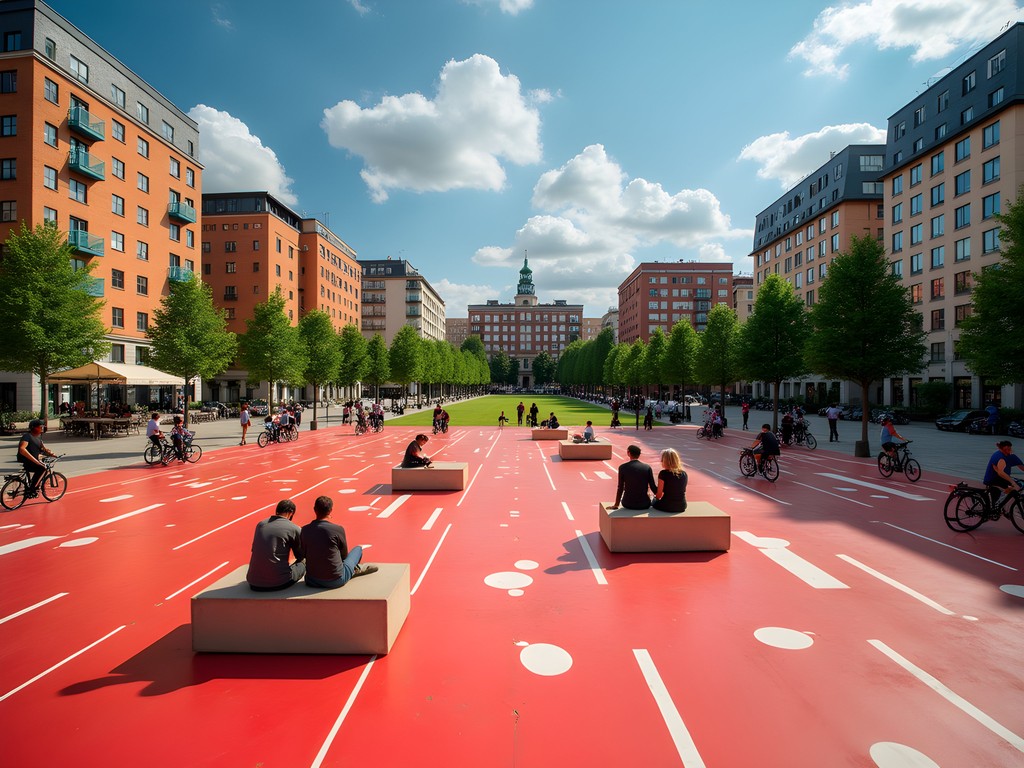
💡 Pro Tips
- Sunday mornings at Assistens Cemetery offer a peaceful walk where locals picnic among historical graves, including Hans Christian Andersen's
- The best shawarma in Copenhagen is at Dürum Bar on Nørrebrogade—tell them you want it 'med det hele' (with everything)
- Visit Mikkeller & Friends for exceptional craft beer in a former auto repair shop that reminds me of my father's garage in Paris
Refshaleøen: The Industrial Phoenix
As someone who spends his days bringing mechanical objects back to life, Refshaleøen speaks to my soul. This former shipyard island sat abandoned for decades before creative Copenhageners began reimagining its massive industrial spaces. It's now Copenhagen's laboratory for urban experimentation, reminiscent of how my father would repurpose old auto parts for new uses in our Paris shop.
Reffen, an urban street food market built from shipping containers, showcases Danish sustainability principles—vendors must follow strict eco-friendly practices. The food here represents over 18 nationalities, but my favorite remains the Danish smørrebrød (open-faced sandwich) with house-pickled herring at Handmade.
The contrast between rusty industrial relics and cutting-edge architecture makes Refshaleøen a photographer's paradise. When capturing these unique juxtapositions, I rely on my weather-resistant notebook to sketch interesting mechanical details and jot down observations—Copenhagen's frequent rain showers won't destroy your notes, which is invaluable for an urban explorer.
Don't miss Copenhagen Contemporary, a massive art center housed in a former welding hall where industrial-scale installations feel right at home. The last exhibition I visited featured kinetic sculptures that would make any mechanic appreciate the artistry of moving parts.

💡 Pro Tips
- Rent a bicycle to reach Refshaleøen—public transport options are limited and the ride across the harbor bridges offers spectacular views
- Visit on weekday afternoons to see the workshops in action—many artisans welcome visitors interested in their crafts
- Bring layers even in summer; the harbor location means winds can pick up suddenly
Frederiksberg: Elegant Enclave with Secret Gardens
Technically an independent municipality completely surrounded by Copenhagen, Frederiksberg offers a more refined atmosphere that reminds me of certain arrondissements in Paris. With its tree-lined avenues and stately architecture, it's where I go when I need a break from Copenhagen's more experimental neighborhoods.
The crown jewel is Frederiksberg Have (Gardens), a royal landscape garden where locals picnic beneath ancient trees. Unlike the more famous Tivoli Gardens, here you'll find few tourists but many Danish families enjoying simple pleasures. The garden surrounds Frederiksberg Palace, a former royal residence now serving as a military academy—a perfect example of Danish practicality reimagining historical spaces.
What makes Frederiksberg special is how it balances grandeur with coziness. Værnedamsvej, nicknamed 'Little Paris,' features specialty food shops and cafés that would make any French person feel at home. I always stop at Granola café, where the interior feels like stepping back to the 1930s, complete with vintage mechanical details that the craftsman in me appreciates.
For capturing memories while traveling without being obvious, my pocket camera has been invaluable—its unassuming design doesn't scream 'tourist' but delivers professional-quality images of Copenhagen's architectural details and garden landscapes.
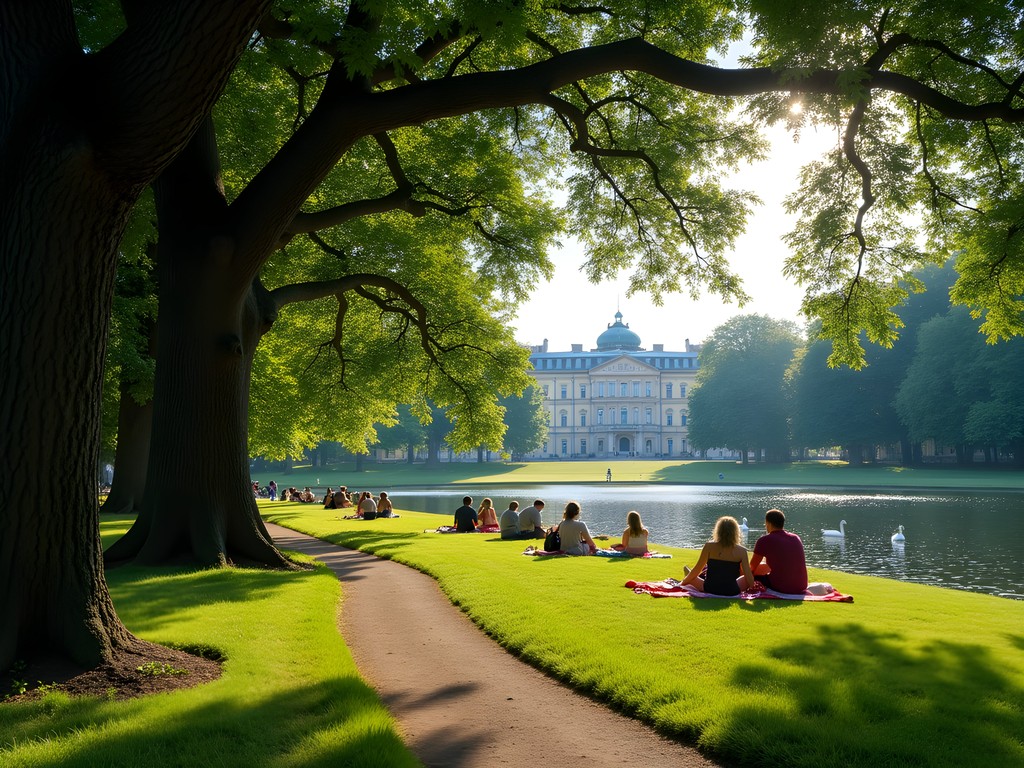
💡 Pro Tips
- Visit Copenhagen Zoo at feeding time to see the unique elephant enclosure designed by Norman Foster—an engineering marvel that respects animal welfare
- The lakes separating Frederiksberg from central Copenhagen offer a peaceful walking path away from bicycle traffic
- For an authentic Danish bakery experience, visit Meyers Bageri early morning when kanelsnegle (cinnamon snails) are fresh from the oven
Christianshavn: Canals, Counterculture, and Culinary Excellence
Built as Amsterdam-inspired merchant quarters in the 17th century, Christianshavn offers a fascinating study in contrasts. On one end stands the famous freetown Christiania, an autonomous anarchist district established by squatters in 1971. On the other, you'll find some of Copenhagen's most expensive real estate and Michelin-starred restaurants like Noma.
The canals lined with houseboats and historic warehouses converted into apartments remind me of how good design transcends time—these buildings have been repurposed multiple times over centuries while maintaining their integrity, something I strive for when restoring vintage vehicles.
Christianshavn's Church of Our Saviour features a spiral spire you can climb for panoramic views of Copenhagen. The engineering of the external winding staircase is remarkable—as a mechanic, I appreciate how form and function unite in this 17th-century structure.
For exploring canal districts like Christianshavn where unexpected rain showers are common, I always pack my packable rain jacket. It takes minimal space in my day bag but has saved countless exploration days when Copenhagen's weather changes suddenly.
The most authentic experience in Christianshavn is simply wandering the smaller canals away from the main thoroughfare. Find a bench facing the water, buy a Danish pastry from one of the local bakeries, and watch boats navigate the narrow waterways as Copenhageners have done for centuries.
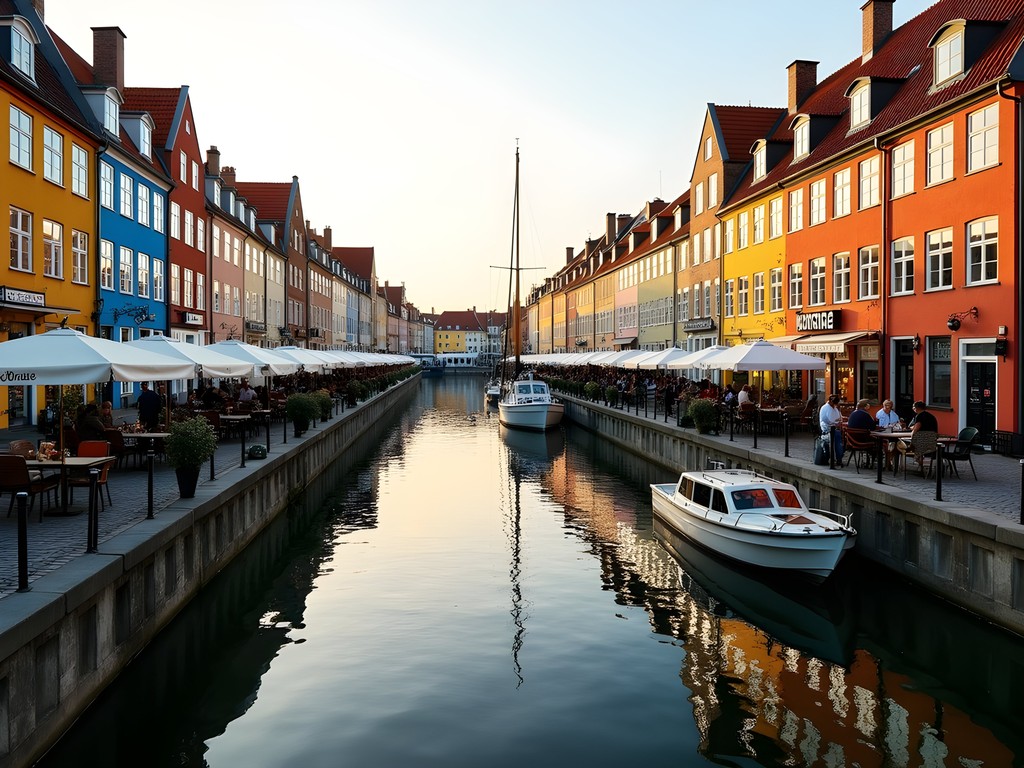
💡 Pro Tips
- Visit Christiania during daytime hours for a safer, more family-friendly experience of this unique social experiment
- The best canal views are from the smaller bridges away from the main street—especially magical at sunset
- For an affordable meal with a view, grab takeaway smørrebrød from a deli and eat along the canal banks like locals do
Islands Brygge: Waterfront Revival and Urban Beaches
Thirty years ago, Islands Brygge was an industrial wasteland. Today, it's where Copenhageners come to embrace their harbor—swimming in waters so clean you could almost drink them. This neighborhood represents everything I admire about Danish urban planning: the ability to transform industrial spaces into human-centered environments without erasing their history.
The Harbor Bath, designed by architectural firm BIG, features diving platforms and swimming areas extending into the harbor. As someone who grew up swimming in the less-than-pristine Seine (before it was forbidden), watching Danish children leap into their city's harbor feels revolutionary.
What makes Islands Brygge special is how it preserves industrial elements while creating new purposes for them. Massive grain silos have been converted into luxury apartments, while loading cranes stand as sculptural reminders of the area's working past. It reminds me of how my father taught me to honor the original design intent when modifying engines—understanding what came before helps create something better.
For capturing these architectural transformations in different light conditions, I rely on my polarized sunglasses, which eliminate water glare and enhance architectural details when photographing Copenhagen's waterfront developments.
Don't miss Kayak Bar, where you can sip Danish craft beer on a floating platform while watching sunset over the harbor. It's here, watching locals transition seamlessly between work and leisure, that you'll understand the Danish concept of balance that makes Copenhagen so livable.
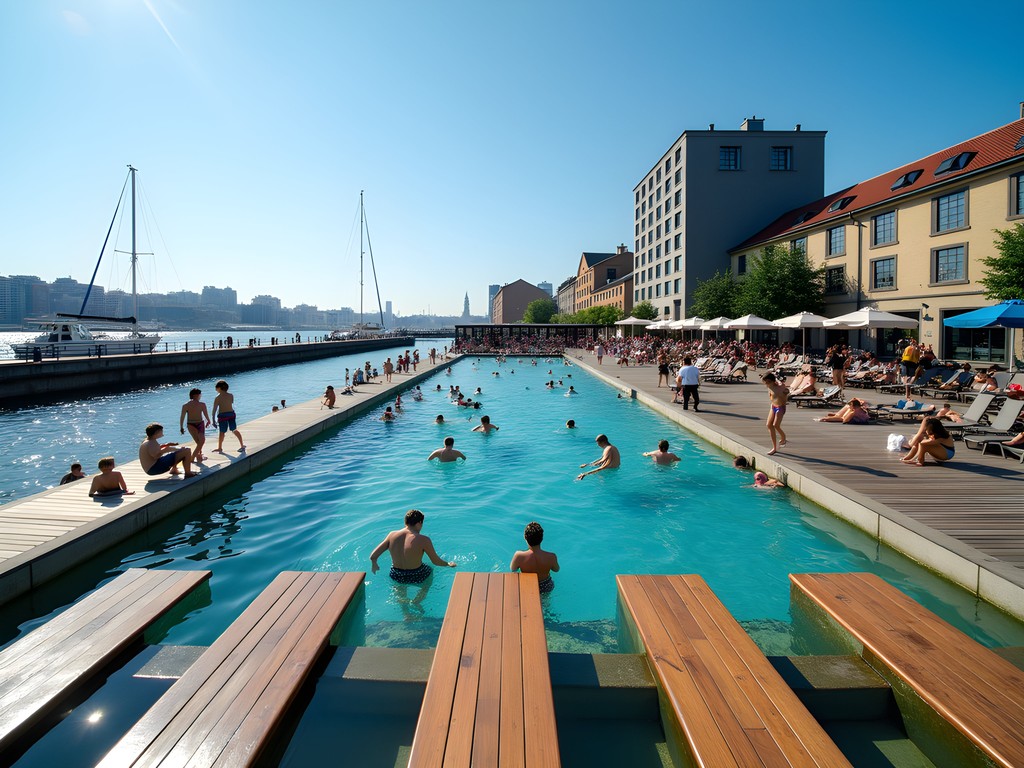
💡 Pro Tips
- Visit the Harbor Bath on weekday mornings to see Danish office workers taking a pre-work swim—a perfect example of work-life balance
- Bring a picnic to Havneparken (Harbor Park) where public grills are available for anyone to use—very popular with local families
- Rent a GoBoat (solar-powered picnic boats) to explore Copenhagen from the water—no boating license required
Amager East: Between Urban and Wild
My final hidden gem is technically part of Amager island but feels worlds away from central Copenhagen. Amager East represents Copenhagen's next frontier of urban development while simultaneously preserving wild spaces in ways that would make any environmentalist proud.
Amager Beach Park offers a 4.6-kilometer artificial island with lagoons and sandy beaches just 15 minutes by metro from downtown. The engineering achievement here impresses me—creating a natural-feeling environment that protects the coastline while providing recreational space. On windy days, the beach fills with colorful kites and windsurfers creating a spectacle of human ingenuity harnessing natural forces.
DR Byen (Danish Broadcasting Corporation headquarters) anchors the neighborhood's modern side with striking contemporary architecture. The adjacent university campus creates an intellectual energy that spills into local cafés where students and professors debate ideas over exceptionally good coffee.
For exploring areas like Amager that combine urban and natural environments, I've found my travel daypack invaluable—it transitions perfectly from city streets to beach walks with enough room for a water bottle, light jacket, and the inevitable Danish pastry purchase.
The true highlight of Amager East is Amager Fælled, a wild nature reserve where cattle graze freely just minutes from apartment buildings. Walking these trails, you might spot rare birds or wild herbs while hearing distant city sounds—a perfect metaphor for Copenhagen's balanced approach to urban living.

💡 Pro Tips
- Rent a bicycle to properly explore Amager's extensive network of dedicated cycling paths—the terrain is completely flat and ideal for casual riders
- Visit Amager Beach Park at sunrise for a magical experience of light over the Øresund Strait with Sweden visible on the horizon
- For an authentic local meal, try the small fishing huts at Kastrup Harbor where fishermen sell their daily catch cooked simply but perfectly
Final Thoughts
Copenhagen reveals itself slowly to those willing to venture beyond the tourist highlights. Like a well-designed engine, the city's true beauty lies in how all its parts work together—historical preservation alongside bold innovation, urban density balanced with access to nature, and global influences harmonizing with Danish traditions.
What strikes me most about these hidden neighborhoods is how they demonstrate Copenhagen's commitment to livable urbanism. Unlike cities that segregate functions, Copenhagen integrates work, play, and daily life in ways that create vibrant communities rather than tourist zones and residential wastelands.
As the son of a mechanic who taught me that understanding how things work is the key to appreciating them, I encourage you to explore Copenhagen with curious eyes. Notice how buildings have been adapted over centuries, how public spaces encourage interaction, and how Danes have engineered solutions to urban challenges that many cities still struggle with.
The Copenhagen beyond the postcards isn't just more authentic—it's more instructive. In these seven neighborhoods, you'll find lessons about sustainable urban living that you can bring home, regardless of where you live. Bon voyage and happy exploring!
✨ Key Takeaways
- Copenhagen's most authentic experiences are found in neighborhoods where tourists rarely venture
- The city excels at adaptive reuse—transforming industrial spaces into vibrant community assets
- Danish urban planning prioritizes quality of life through thoughtful integration of nature, history, and modern needs
- The best way to experience Copenhagen is through slow exploration by foot or bicycle, allowing time for spontaneous discoveries
📋 Practical Information
Best Time to Visit
May through September, with June-August offering the best weather and longest daylight hours
Budget Estimate
$150-200 per day including mid-range accommodations, meals, and transportation
Recommended Duration
3-4 days minimum to explore beyond tourist areas
Difficulty Level
Easy - Copenhagen Has Excellent Public Transportation, English Is Widely Spoken, And The City Is Very Walkable
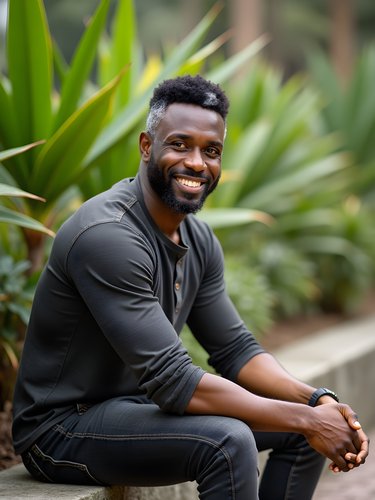
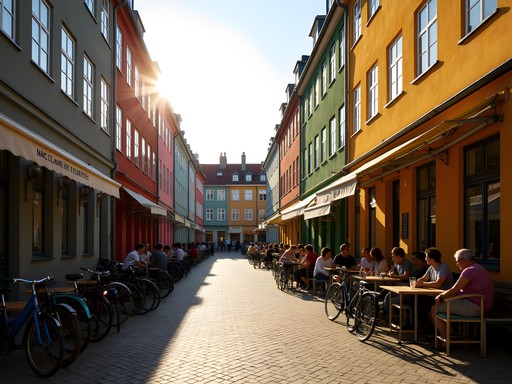


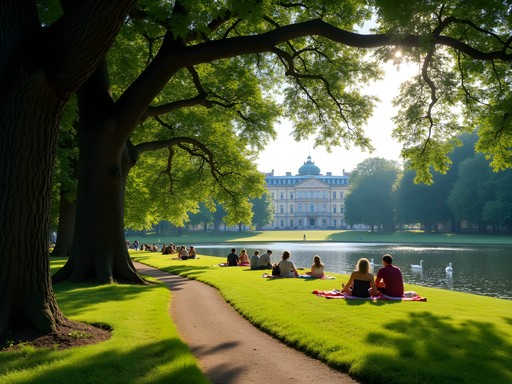
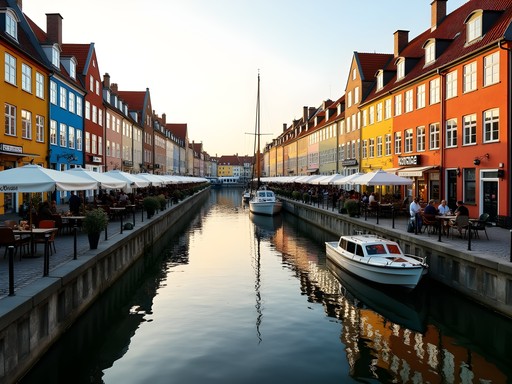




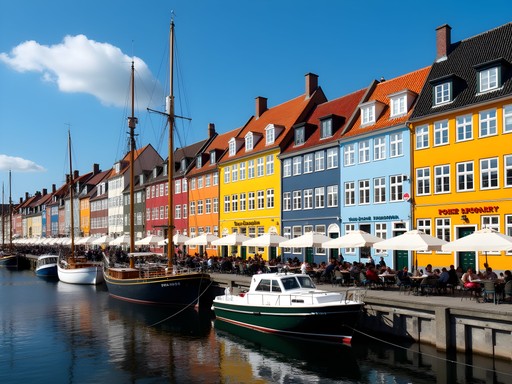

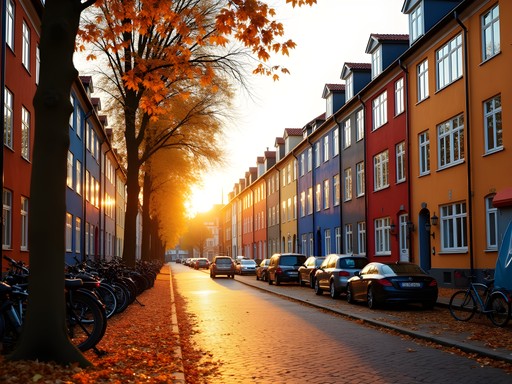
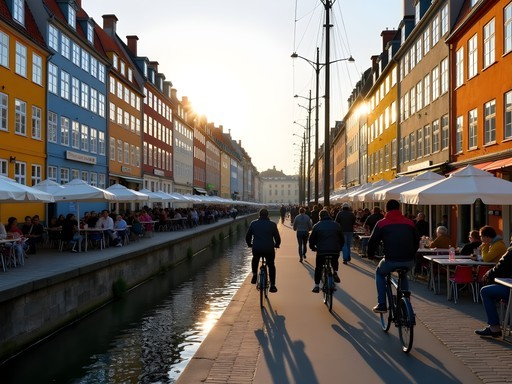
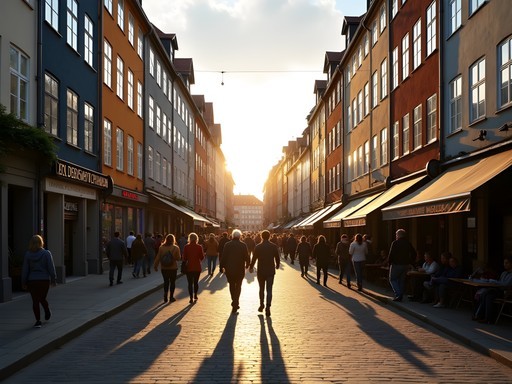

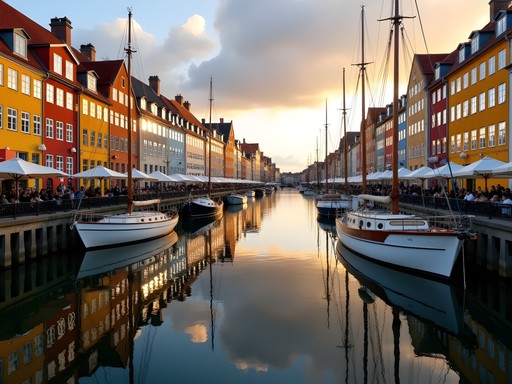
Comments
blueninja
Just booked my tickets! Can't wait to explore these neighborhoods!
smartchamp
Going to Copenhagen next month, any good food recommendations in Vesterbro? The blog mentions it used to be red light but is now design-focused, but what about restaurants?
Savannah Torres
Try Værnedamsvej street (locals call it "Little Paris") - there's a fantastic bakery called Brød and a cheese shop that will change your life. In the Meatpacking District, Kødbyens Fiskebar has amazing seafood if you can get a reservation!
Savannah Torres
Nathan, this is exactly the kind of neighborhood guide I love! We took our kids (8 and 11) to Copenhagen last summer and followed a similar off-the-beaten-path approach. Frederiksberg was perfect for families - the gardens were magical and my kids loved watching the elephants from the zoo! We also discovered a playground in Nørrebro called Superkilen that was like nothing I've ever seen - it has objects from 60+ countries around the world built into the design. My daughter still talks about the Japanese octopus slide! For anyone traveling with kids, these neighborhoods are so much more rewarding than just doing the Little Mermaid statue and Tivoli Gardens.
oceanbuddy
Superkilen sounds amazing! Wish I'd known about that on my trip. Definitely noting it down for next time.
starnomad
How easy is it to get around these neighborhoods using public transport? Planning a trip in spring and wondering if I need to rent bikes or if buses/trains are good enough.
smartchamp
We did Copenhagen last year and public transport was super easy. Got the Copenhagen Card which covered all buses, trains, and metro. Bikes are fun but not necessary.
Kimberly Murphy
The public transport is brilliant, but I'd still recommend renting a bike for at least one day - it's how the locals get around and gives you a different perspective of the city. I used city bike app which made it super easy to pick up and drop off bikes all around the city!
blueninja
Those photos of Refshaleøen are amazing! Adding it to my list!
oceanbuddy
Just got back from Copenhagen last month and couldn't agree more about Nørrebro! Spent three days just wandering around there and found the most amazing little coffee shops. That cemetery park you mentioned was unexpectedly peaceful - we had a picnic there on a sunny afternoon. Vesterbro was also fantastic for nightlife, way more authentic than the touristy spots downtown. The meat packing district had these incredible restaurants where locals actually eat. Great post, Nathan!
Kimberly Murphy
Assistens Cemetery in Nørrebro is such a gem! Did you find Hans Christian Andersen's grave while you were there? It took me ages but was worth the hunt!
oceanbuddy
Yes! Found it eventually after getting completely lost among all those beautiful trees. Ended up staying way longer than planned because it was so peaceful there.
mountainlegend
Just wanted to add that the boat tours that leave from Nyhavn can actually be a cool way to see some of these neighborhoods from the water - especially Christianshavn and parts of Refshaleøen. Nice perspective and good for orientation before exploring on foot.
travelvibes
Great tip! Did one of those on my first day and it helped me figure out where everything was. The architecture looks so different from the water.
coffeeguy
Just got back from Copenhagen and this post was my bible! Refshaleøen was the highlight - felt like Brooklyn before it got too gentrified. That street food market in the old shipyard buildings was incredible. We stumbled on a craft brewery doing tastings in what looked like an old warehouse. The contrast between that industrial area and pristine Frederiksberg we visited the next day really shows Copenhagen's range. Thanks for putting these neighborhoods on my radar!
biketraveler92
Nørrebro is the best! Those kebab shops on Blågårdsgade changed my life!
coffeemate
Great post! How easy is it to get between these neighborhoods? We'll be there for just 3 days in October and wondering if we should focus on just one or two areas or if we can hop between them easily.
George Hayes
Copenhagen's public transport is amazing! My family and I visited last summer and got the Copenhagen Card which covers all transit plus most museums. The metro and buses connect all these neighborhoods easily. My kids especially loved the harbor buses that go to Refshaleøen - feels like a mini cruise! If you're there in October, I'd suggest spending a morning in Nørrebro for the cafes, afternoon in Refshaleøen (the sunset views are incredible), and save a full day for Vesterbro/Frederiksberg. We used this guidebook which had some great walking routes connecting the hidden spots.
coffeemate
Thanks so much! The harbor buses sound perfect. Did you find October weather ok for exploring?
George Hayes
October was chilly but beautiful - just bring layers! The fall colors in Frederiksberg Gardens were stunning.
Venture X
Premium card with 2X miles, $300 travel credit, Priority Pass